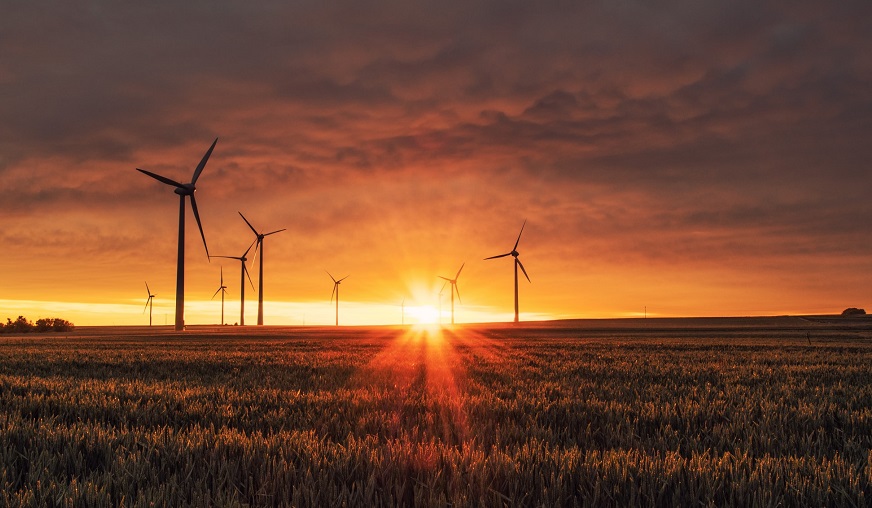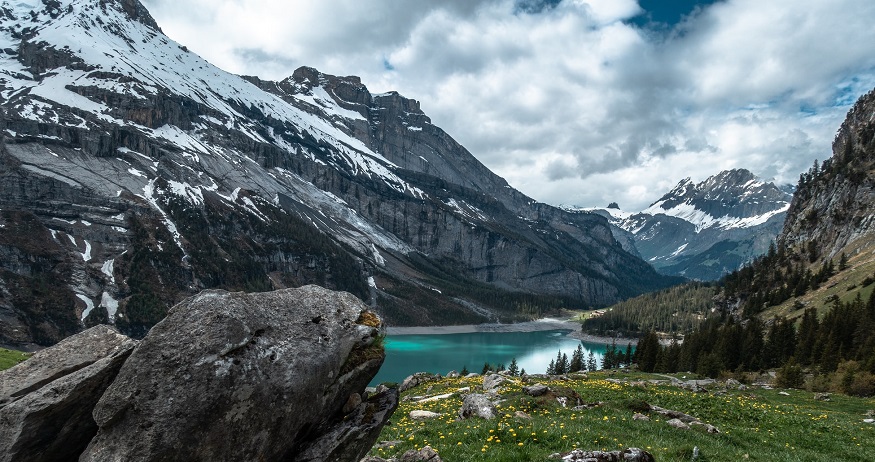
Saudi green hydrogen project announced to be largest in world
July 20, 2020Air Products intends to power the massive facility using 4 gigawatts of the country’s renewable energy.
American industrial gas giant Air Products & Chemicals announced its intentions to construct a massive Saudi green hydrogen plant that would be powered by 4 gigawatts of the country’s wind and solar energy.
This will make the plant the largest H2 project announced in the world to date.
The Saudi green hydrogen project will cost an estimated $5 billion to construct. It will be jointly owned by Air Products and ACWA Power and Neom in Saudi Arabi. Neom is a tremendous new city planned near the country’s borders with Egypt and Jordan.
Once the plant is completed, it will produce a daily 650 tons of green H2. This is enough renewable energy to power approximately 20,000 buses that run on the fuel, said Air Products. From there, it will be shipped in the form of ammonia to various markets around the world before conversion back into hydrogen again. Ammonia production is slated to begin in five years.
This new Saudi green hydrogen project is viewed as a vital step forward in its ambitions for Neom.
The Middle Eastern country is seeking to make Neom a global center for green hydrogen and renewable energy as a whole. It is positioning Neom to become a special economic zone. The idea would be to host 1 million people from other countries worldwide.
“This is a pivotal moment for the development of Neom and a key element in Saudi Vision 2030 contributing to the Kingdom’s clean energy and circular carbon economy strategy,” said Nadhmi Al Nasr, Neom CEO, in a prepared statement.
Air Products CEO Seifi Ghasemi explained that the American company is confident that this will be a viable renewable energy project even without receiving subsidies. The reason given was that the world was in the midst of a rapid shift toward low-carbon transport fuels. That said, Ghasemi added that if the project did receive government support, it would be “icing on the cake.”
“There are 260 million commercial vehicles in the world. If 1 percent converts to hydrogen, you end up with huge numbers that would require 50 plants like this,” explained Ghasemi  about the need for projects like the Saudi green hydrogen plant. “We’ve been working on this for four years, and our strategy was to be the first to build a mega-scale plant.”
about the need for projects like the Saudi green hydrogen plant. “We’ve been working on this for four years, and our strategy was to be the first to build a mega-scale plant.”



 With over 15 years of reporting hydrogen news, we are your premier source for the latest updates and insights in hydrogen and renewable energy.
With over 15 years of reporting hydrogen news, we are your premier source for the latest updates and insights in hydrogen and renewable energy.
Why aren’t power generation plants especially hydro electrick plants, producing hydrogen in off peak periods to be used during peak hours as a supplement during peak hours of demand or as a salable clean product for fuel cell use?
[email protected]
Message: Hi I am an 83 yr old exfarmer, But I feel the suburbs will be awash with useless batteries,I have just been watching a guy explaining his tunnel built into a mountain to store compressed gas which would be released when electricity generation is needed, also a man with barges lifting heavy weights up and down and then thres the planned snowy extravaganza I feel that my idea of building a railway track from used rails with a heavy locomotive with overhead cables ,loaded with ballast being raised up an incline and released when generation is needed would top that .here I live in OZ slopes and old railway equipment are always in abundance In the army we built tens of miles in a day so theres little investment apart from a generator and overhead cable,,,Experts would have to work out whether heavy weight and short distance or long would be the answer,also the slope ratio,,,and why not several lines kind regards
Gerald Greenman
Super! I wish you success!
I have architecture that could be off grid on the bases of H2FCE system, produced by PVS roofs to power a home, and transport locally, but your production may turn international transport into green industry!
Congratulation! Keep up the good work!
Andras Jambor dip. arch.eng.
Wind And Solar Technology Enterprises (WASTE) plan to transform their intermittent electricity into 24/7/365 despatchable power through producing green hydrogen from the electricity that is now being dumped at times of over supply.
To get there, humongous volumes of hydrogen have to be produced and stored at times of low demand and over generation. This is returned to the grid at times of high demand and under generation, through a hydrogen-powered P2G2P infrastructure.
Ridiculously, 60% of the energy is lost on the ’round trip’, meaning even more capacity of the WASTE are needed.
But nuclear power generates 24/7/365 electricity straight from the nuclear power plant (npp). And now the nuclear power industry is turning its attention to combined npp/electrolyser plants for the production of green hydrogen.
The npp can operate at 100% availability all of the time and, in combination with an electrolyser plant, can load follow, diurnally and seasonally, the demands for both electricity and hydrogen fuel.
When electricity demand is high, the npp plants generation goes straight to the grid, as demand falls, generation is ‘diverted’ to green hydrogen production. Electrolyser plants suffer no ‘technological’ impairment working from variable supply of electricity. With the npps working at maximum efficiency, the low cost electrolyser plants do all of the load following.
Npps combined with electrolyser plants can produce sufficient green hydrogen to decarbonise all heating and transport for a true zero-carbon energy future.
It doesn’t take a genius to imagine this can be done at 1/10th of the cost of a WASTE/electolyser combination, with 1/15th to 1/30th of the materials and resource use and 1/3000th of the scenic desecration, ecosystem destruction, species wipe-out and waste mountains.
I’m not a genius, not 81y, but I just used a dictionary. Hydrogen made with nuclear power isn’t green. 😀
collinsdictionary.com: Green energy is power that comes from sources that do not harm the environment and are always available, such as wind and sunlight.
Thanks for your story and go sell your npp to some other Bojo’s 🙂